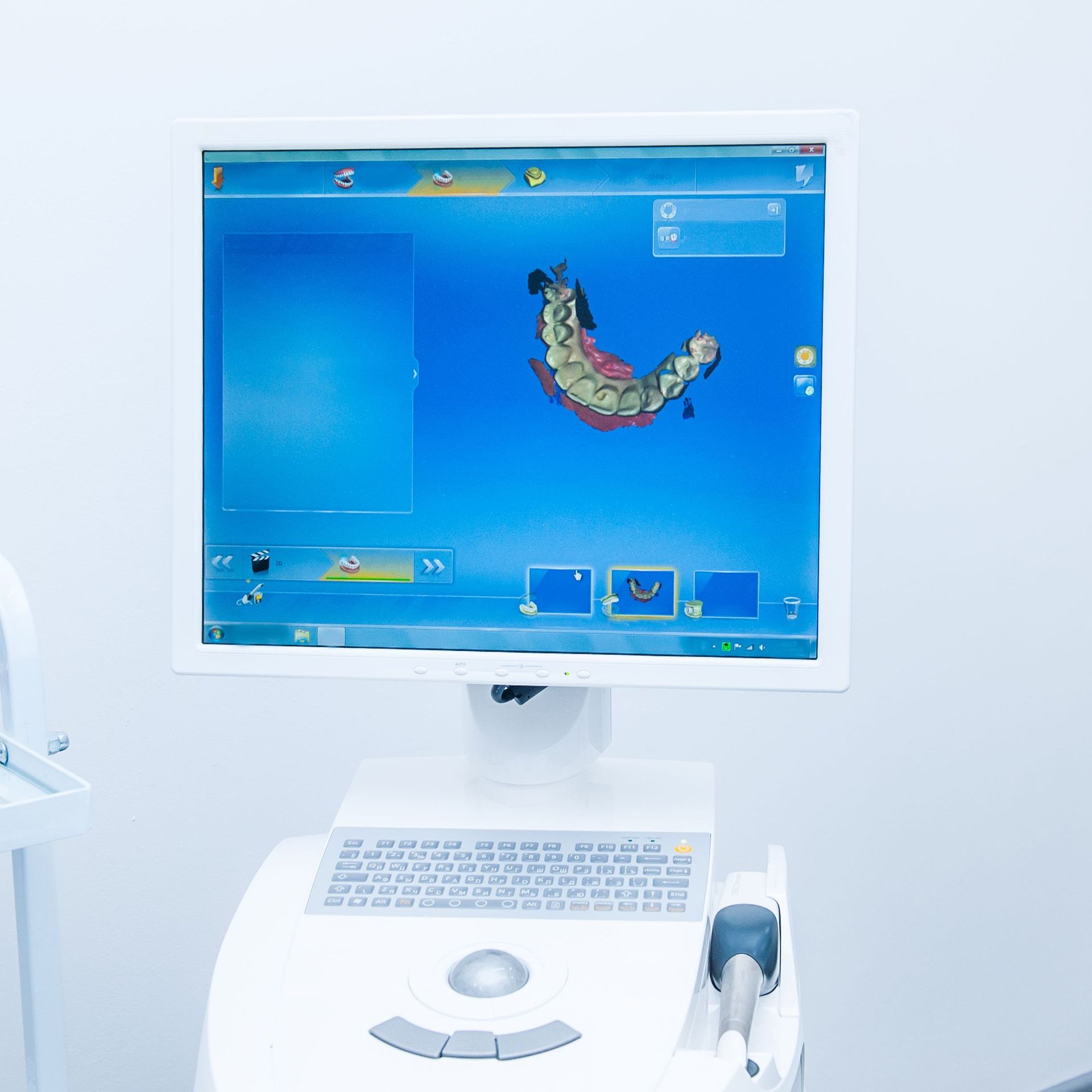
Why Should You Keep Braces On?
A radiant smile of dazzling straight teeth will take you far in life, and give you an added boost of confidence. Orthodontic braces can help straighten your teeth, allowing you to enjoy a smile that will turn heads. Many people have questions and wonder how long they will have to keep braces on. Understanding the process will better prepare you for this common procedure.
Who Wears Braces?
People of all ages wear orthodontic aids. While most people think of teenagers when they think of orthodontic work, many people get them in adulthood. Anyone who is interested in having straight teeth can benefit from orthodontics, and your orthodontist can install them at any point in your life.
The state of your gums and jaws will have a large effect on whether this procedure is right for you, and your orthodontist will perform an exam to determine whether you will benefit from it. Keeping them on for the full term will ensure that you will get the full benefit of the treatment. If you take the equipment off early, you may destroy all of the progress that you have earned so far.
It is beneficial to keep yours on for the full length of time that your orthodontist recommends for the best possible results. Enjoying a bright and straight smile takes work, so you will have to exercise patience and allow your dental work to work to completion.
How They Work
The brace is made up of several components that work together to push your teeth into place. Traditional metal ones include brackets, wires, elastics and bands that put pressure on your teeth. This pressure will gradually push the teeth into proper alignment over time.
How much time this will take depends largely on your age and your gums. Younger children have strong, tight gums and it requires more pressure and longer periods of time for their teeth to straighten. On the other hand, adults have weaker gums that succumb easily to the pressure and straighten quickly.
After Your Dental Work is Done
When your dental work is done, you will have to maintain your oral health in order to keep your smile looking its best. After your orthodontic work is complete, your orthodontist will fit you with a retainer that will help to keep your teeth in place for life. The time that you will have to wear your retainer will vary based on the extent of your dental work.
Some patients will have to wear headgear, a helmet-like apparatus that helps to correct an overbite or other jaw-related issue. Enjoying a beautiful and straight smile can be as easy as a few trips to your orthodontist. Your dental work may take up to a few months or years to complete, but the end result will be well worth it.
You will be able to enjoy a great smile throughout life. There are many Nashville orthodontists who can help you to enjoy the confidence that comes along with a great smile. Gluck Orthodontics is here to help you achieve that beautiful smile you’ve always dreamed of. Visit and
contact us today!











